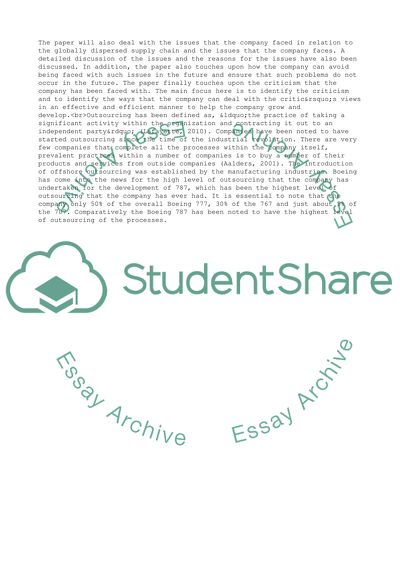Cite this document
(The Role Of The Outsourcing In Boeing's Business Strategy Research Paper, n.d.)
The Role Of The Outsourcing In Boeing's Business Strategy Research Paper. Retrieved from https://studentshare.org/business/1742709-building-the-boeing-787-case-study
The Role Of The Outsourcing In Boeing's Business Strategy Research Paper. Retrieved from https://studentshare.org/business/1742709-building-the-boeing-787-case-study
(The Role Of The Outsourcing In Boeing'S Business Strategy Research Paper)
The Role Of The Outsourcing In Boeing'S Business Strategy Research Paper. https://studentshare.org/business/1742709-building-the-boeing-787-case-study.
The Role Of The Outsourcing In Boeing'S Business Strategy Research Paper. https://studentshare.org/business/1742709-building-the-boeing-787-case-study.
“The Role Of The Outsourcing In Boeing'S Business Strategy Research Paper”, n.d. https://studentshare.org/business/1742709-building-the-boeing-787-case-study.


